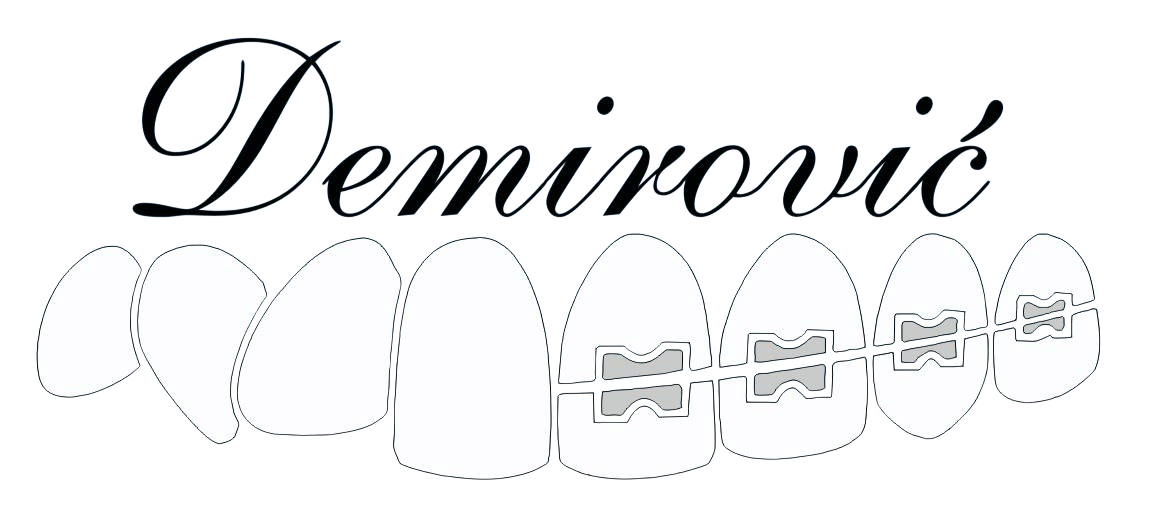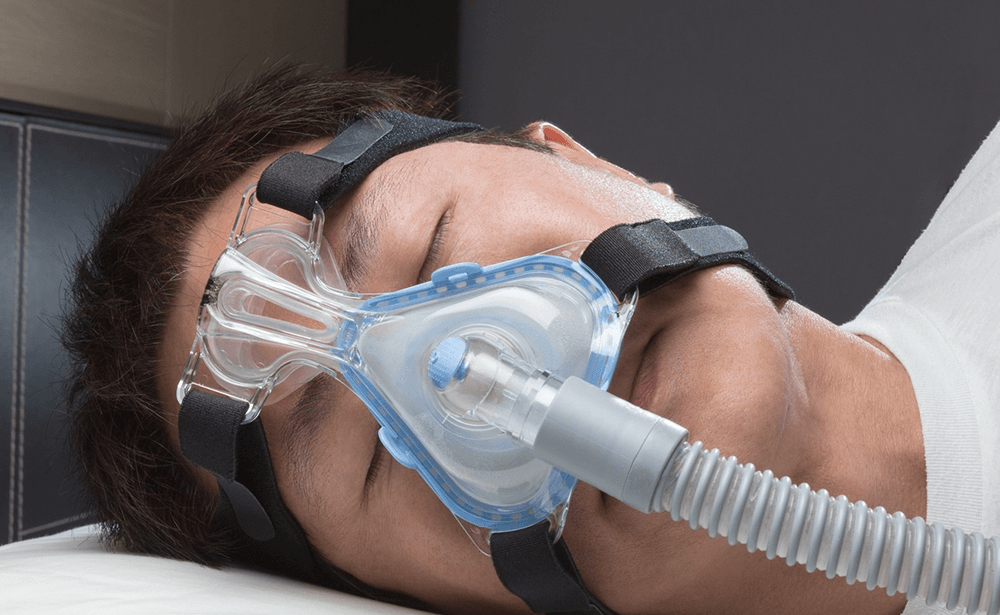Obstructive sleep apnea (OSA)
Obstructive sleep apnea (OSA) is a serious disorder that is often not recognized in time, but it can have a significant impact on overall health. Snoring, pauses in breathing during sleep, and daytime fatigue are just some of the symptoms that may indicate this condition. Through modern diagnostic methods and personalized therapies, it is possible to significantly alleviate symptoms, improve sleep quality, and prevent more serious health consequences.
Symptoms of obstructive sleep apnea are:
- Frequent and loud snoring
- Breathing interruptions and sudden awakenings during sleep
- Chronic lack of sleep
- Tooth damage and receding gums (as a result of teeth grinding and bad breath)
- Daytime sleepiness and feeling of exhaustion
- Morning headaches
- Dry mouth
Comorbid conditions associated with apnea:
- Excessive body weight
- High blood pressure (hypertension)
- GERD (gastroesophageal reflux disease)
- Rheumatoid arthritis
Therapy of obstructive sleep apnea:
- Mobile oral appliances – specially designed splints that position the lower jaw and tongue to keep the airway open during sleep.
- Fixed oral appliances – used in more severe forms of OSA where more stable correction of jaw position is required.
- Myofunctional therapy – exercises to strengthen the tongue and muscles of the orofacial region that contribute to the normalization of breathing.
- Orthodontic therapy for obstructive apnea – correcting bite irregularities that contribute to airway narrowing.
Frequently Asked Questions (FAQ)
Here you will find answers to the most common questions that our patients ask regarding this service.
The most common signs include loud snoring, interrupted breathing during sleep (often noticed by the partner), waking up feeling suffocated, morning headaches and chronic daytime sleepiness. If you notice these symptoms, a professional evaluation is recommended.
Yes, dentists specializing in sleep therapy can create special oral appliances that position the jaw and tongue so that the airway remains open during sleep. These methods are especially effective for mild to moderate forms of OSA.
Most patients get used to the device very quickly, which is made individually and fits comfortably against the teeth and jaws. After a few nights, most feel better sleep and less tired during the day.
The duration of therapy depends on the severity of the apnea and the method chosen. Some patients use oral appliances long-term, while for others, therapy may be combined with orthodontic or myofunctional approaches to achieve lasting improvements.
Yes, for many patients with mild to moderate apnea, successful results are achieved without the use of a CPAP device – through the use of mobile or fixed oral appliances, tongue and jaw muscle exercises, and orthodontic therapy.

